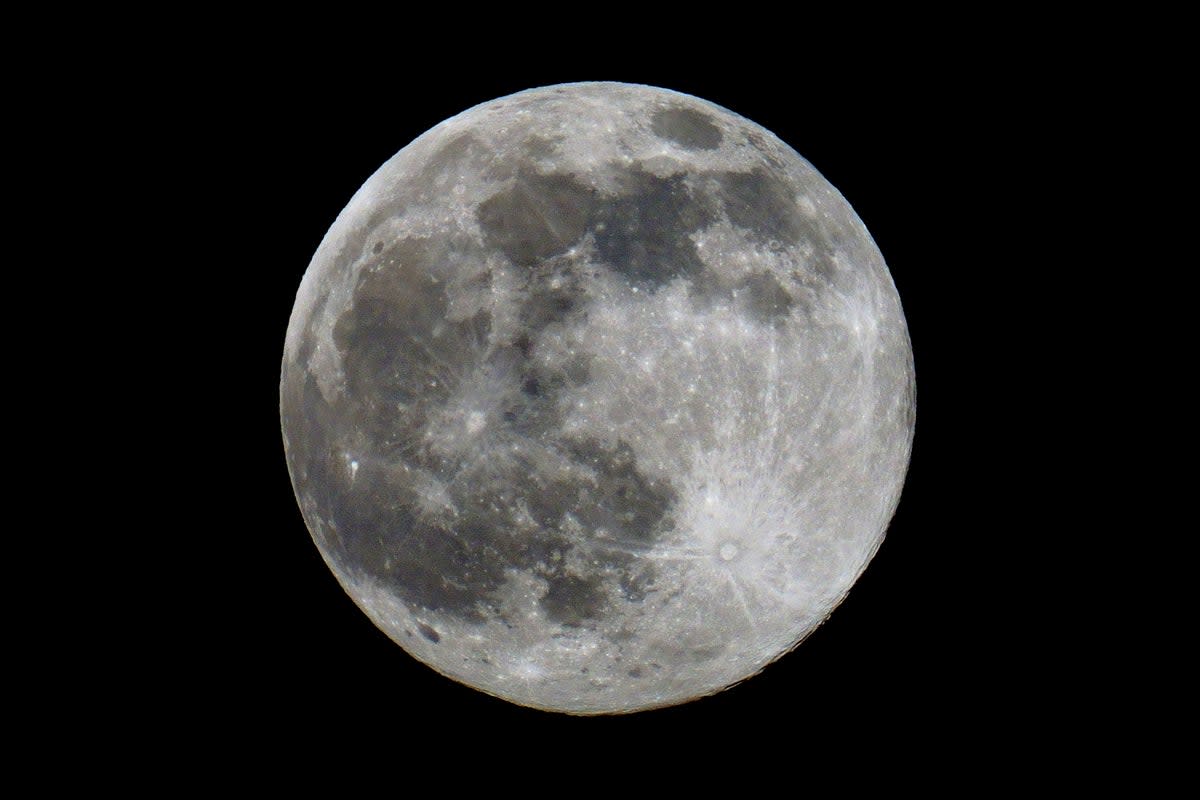Scientists propose surprising new theory for how the Moon was formed

The Moon may have formed “immediately” after a giant impact that put it into orbit around Earth, according to a new theory of its origin.
The theory relies on detailed simulations by powerful supercomputers, which suggested that the Moon would have emerged instantly after something crashed into Earth.
Typically, the Moon is thought to have formed after a collision 4.5 billion years ago, when the Earth hit a Mars-sized object called Theia. But the new simulations suggest something previously unthought of happened after that.
Previous simulations have led to theories that the Moon could have grown gradually, within a disk of debris that was in closer orbit around Earth. The new theory suggests that it broke off and formed almost immediately.
The two theories could be tested because they should suggest different internal structures for the Moon. That could help us learn more about the lunar rock and also about our own planet.
The extra detail provided by the most powerful supercomputer simulations yet allowed researchers to find unexpected details that could explain some of the unusual characteristics of the Moon. It also suggests that the “lower-resolution” simulations that have been used in the past could have left scientists mistaken about the history of our planet.
“This formation route could help explain the similarity in isotopic composition between the lunar rocks returned by the Apollo astronauts and Earth’s mantle,” said Vincent Eke from Durham University. “There may also be observable consequences for the thickness of the lunar crust, which would allow us to pin down further the type of collision that took place.”
A report describing the findings, ‘Immediate origin of the Moon as a post-impact satellite’, is published in Astrophysical Journal Letters.

 Yahoo News
Yahoo News 
